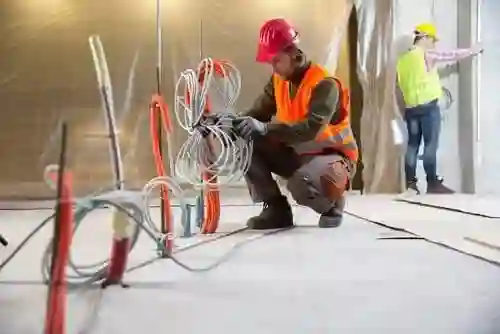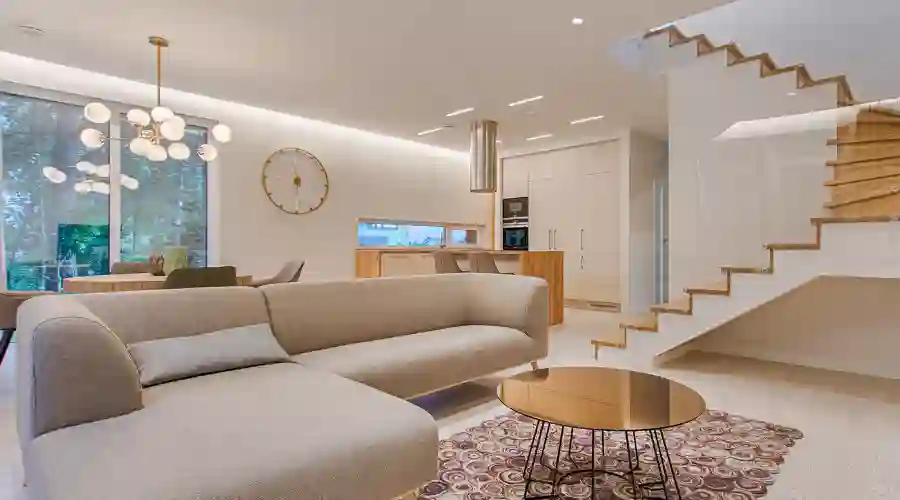
10 Types of Roofing Materials and Their Costs
The roof over your head is the most important part of your home, so making sure it’s durable and fits your architectural style is a big priority. Choosing the right roofing material can also help you save on repairs down the road.
The most popular type of roof in the US is asphalt composite shingles. They are durable and affordable, lasting upwards of 20 years depending on weather and maintenance.
1. Asphalt Shingles
Asphalt shingles are a popular choice for homeowners. They come in a wide variety of colors and can last up to 30 years.
Regular three-tab asphalt shingles have a uniform appearance, while dimensional or architectural shingles have alternating single- and double-layer tabs for a more textured look. They also come in different shapes and styles that can mimic other roofing materials, such as cedar shakes and slate tiles.
2. Wood
Wood shingles and shakes are available in many variations of color, cut, grain pattern and size. They also come in a variety of wood species. They are durable in extreme weather conditions.
They are made of natural materials and are a green roofing option. They can be recycled or disposed of without harming the environment. They have a rustic and unique look that enhances the curb appeal of your home.
3. Metal
Metal roofs are extremely durable and long-lasting, and they can reduce energy bills. They are lightweight, making them easy for installers to work with.
The most common type of metal roofing is galvanized steel, or a more modern version known as Galvalume (zinc and aluminum-coated steel). Other types of metal include stone coated shingles and tiles and standing seam roofs. These are more expensive, but offer a more attractive look.
4. Wooden Shakes
Wood shingles and shakes are both a timeless roofing option for homeowners who prefer a more rustic look. However, there are some significant differences between the two. Shingles are shaped through traditional manufacturing, which gives them a uniform appearance.
Shakes, on the other hand, are traditionally split and have a more rugged texture. They are also more difficult for roofing contractors to install.
5. Clay Tiles
Clay tiles are a great choice for warm, dry climates. They are beautiful, durable, and fire-proof.
They can last up to 100 years with proper maintenance. They can be very heavy, though, and may require reinforcement of the roof deck and/or trusses.
They also tend to be more expensive than other roofing materials. They can cost up to $18 per square foot for material.
6. Slate
Natural slate is a beautiful roofing material that can last for centuries. However, it is expensive and requires expert installation.
Slate is harvested from rock and cleaved into thin plates for shingles. The shingles are placed in layers that overlap with one another.
Slate roofs are also heavy, and not all homes have the structural strength to support a slate roof. Some contractors use synthetic materials that look like slate to reduce costs.
7. Concrete Tiles
Concrete tiles are made from a mixture of sand, cement and color pigments to give them a variety of stylish finishes. They can mimic the look of clay tiles and are more economical than clay on a life-cycle basis.
However, concrete tiles are heavier than other roofing materials and may require a reinforced roof structure. They also tend to absorb more water, resulting in a chalky white substance called efflorescence.
8. Roll Roofing
Roll roofing is similar to roof shingles in that it’s also an oil-based asphalt material with a mineral surface, but it comes in large rolls instead of individual shingles. It’s a good option for sheds, barns, workshops, or re-roofing an existing shingled home.
However, you may need to consult your HOA or other regulations before using this type of roof. It’s important to keep up with yearly inspections and spot fixes to prevent leaks and damage.
9. Copper Roofing
Copper roofs add a touch of luxury to any home. They can be made in a variety of styles to complement the unique aesthetic of any building.
A popular option is standing seam copper, a specialty application that’s typically built to specification for a project. This is the most expensive option, but it’s extremely durable.
Copper can withstand severe weather conditions, including heavy snow, rain, and blazing sun heat. It’s also a fire-resistant material.
10. Synthetic Shingles
A home fire occurs every 89 seconds, so you want your roof to be as fire-resistant as possible. Fortunately, synthetic shingles can help do just that.
They are also a lot lighter than real slate tiles, so standard roof structures can support them without requiring extra trusses and rafters. That saves money on construction costs. They’re also resistant to mold and mildew.





